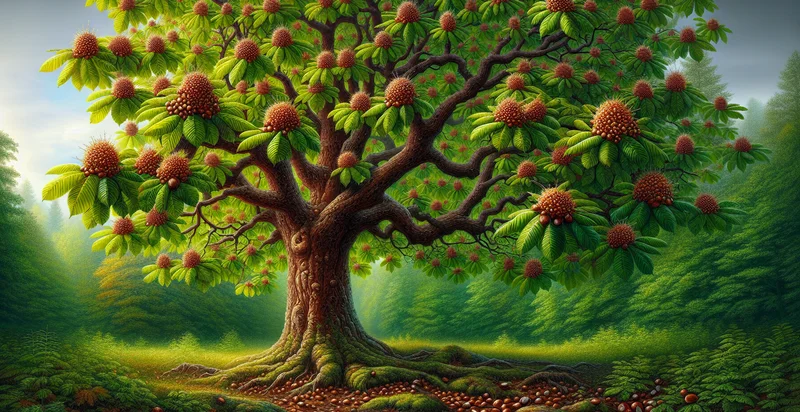Identify ivy species
using AI
Below is a free classifier to identify ivy species. Just upload your image, and our AI will predict what species of ivy it is - in just seconds.

Contact us for API access
Or, use Nyckel to build highly-accurate custom classifiers in just minutes. No PhD required.
Get started
import nyckel
credentials = nyckel.Credentials("YOUR_CLIENT_ID", "YOUR_CLIENT_SECRET")
nyckel.invoke("ivy-species", "your_image_url", credentials)
fetch('https://www.nyckel.com/v1/functions/ivy-species/invoke', {
method: 'POST',
headers: {
'Authorization': 'Bearer ' + 'YOUR_BEARER_TOKEN',
'Content-Type': 'application/json',
},
body: JSON.stringify(
{"data": "your_image_url"}
)
})
.then(response => response.json())
.then(data => console.log(data));
curl -X POST \
-H "Content-Type: application/json" \
-H "Authorization: Bearer YOUR_BEARER_TOKEN" \
-d '{"data": "your_image_url"}' \
https://www.nyckel.com/v1/functions/ivy-species/invoke
How this classifier works
To start, upload your image. Our AI tool will then predict what species of ivy it is.
This pretrained image model uses a Nyckel-created dataset and has 15 labels, including Hedera Algeriensis, Hedera Canariensis, Hedera Colchica, Hedera Helix, Hedera Helix 'Baltic Blue', Hedera Helix 'Golden Girl', Hedera Helix 'Spotty', Hedera Helix Variegata, Hedera Hibernica and Hedera Maderensis.
We'll also show a confidence score (the higher the number, the more confident the AI model is around what species of ivy it is).
Whether you're just curious or building ivy species detection into your application, we hope our classifier proves helpful.
Related Classifiers
Need to identify ivy species at scale?
Get API or Zapier access to this classifier for free. It's perfect for:
- Botanical Research Tool: The ivy species identifier can be utilized by researchers and botanists to accurately classify various ivy species in their field studies. By automating the identification process, researchers can save time and improve the accuracy of their data collection in biodiversity assessments.
- Conservation Efforts: Conservation organizations can use the ivy species identifier to monitor and manage ivy populations in natural habitats. This tool can help identify invasive ivy species, assisting in the development of targeted conservation strategies and ecological restoration projects.
- Garden Design and Landscaping: Landscape architects and garden designers can employ the ivy species identifier to choose the appropriate ivy species for their projects. By ensuring that the right species is used, they can create sustainable landscapes that complement local ecosystems.
- Educational Tool for Students: Schools and universities can integrate the ivy species identifier into their biology and botany curricula to enhance student learning. Students can engage with real-world applications of plant taxonomy and deepen their understanding of plant diversity and ecology.
- Agricultural Support: Farmers and agriculturalists can use the ivy species identifier to manage ivy growth on their lands. By distinguishing between beneficial and harmful ivy species, they can optimize their crop planning and avoid potential crop competition.
- Mobile Plant Identification App: A consumer-facing mobile app can utilize the ivy species identifier to help gardening enthusiasts and hobbyists identify ivy species in their gardens. This feature will enhance user engagement, allowing them to gain knowledge about their plants and care for them effectively.
- Ecological Research Studies: Environmental scientists can leverage the ivy species identifier in ecological research studies that focus on habitat assessments and ecosystem health. The ability to accurately classify ivy species will enable better analysis of plant interactions and their impact on local environments.


